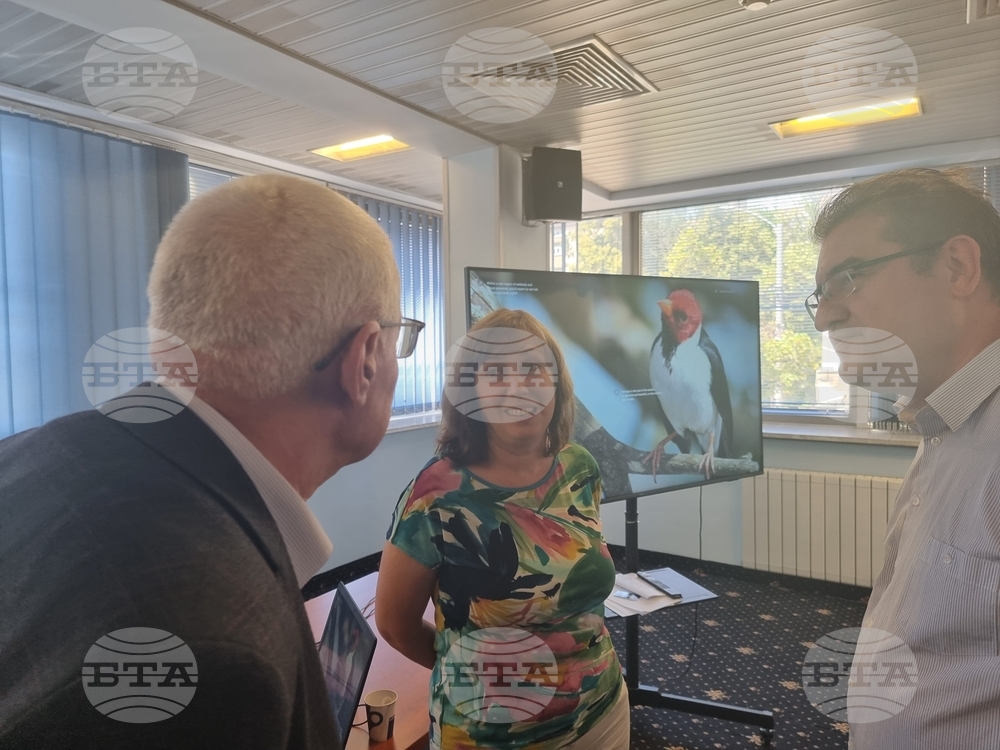site.btaIntelligent Textiles Are Future of Textile Industry, Bulgarian Scientist Says


Intelligent textiles are the future of the textile industry, Assoc. Prof. Desislava Grabcheva from the Department of Textiles, Leather and Fuels at the University of Chemical Technology and Metallurgy (UCTM) said Tuesday in a BTA interview. Earlier in the day, a business discussion on intelligent textiles took place in the building of the Bulgarian Chamber of Commerce and Industry. The forum was organized by the Chamber and Vicors AD together with the UCTM.
Scientists from the Department of Textiles, Leather and Fuels at the UCTM have developed healing patches made of intelligent textiles. These textiles know exactly when and how much of the embedded drug to release onto wounds and can also absorb oil spills. The scientists are now focused on medical textiles, wound dressings to monitor and treat wounds, and are waiting for business interest to reach the market.
In recent years, the UCTM has been working on creating textiles with environmental applications that absorb various substances such as oil spills and petroleum products. Scientists also work on full absorption of dyes during the dyeing of textile materials. To this moment, about 50% of the dye is released and it does not react with the material but remains in the wastewater.
The applications of intelligent textiles are many and they are not only in medicine but also in sports, leisure, interior textiles, and agriculture, said Assoc. Prof. Grabcheva. The market for intelligent textiles is constantly growing worldwide because people are increasingly concerned about their health and are willing to buy such products. The most popular are healing patches, which, in addition to releasing various biologically active substances, could also change their color and thus visually show what process is taking place in the wound, added Grabcheva.
/DS/
news.modal.header
news.modal.text